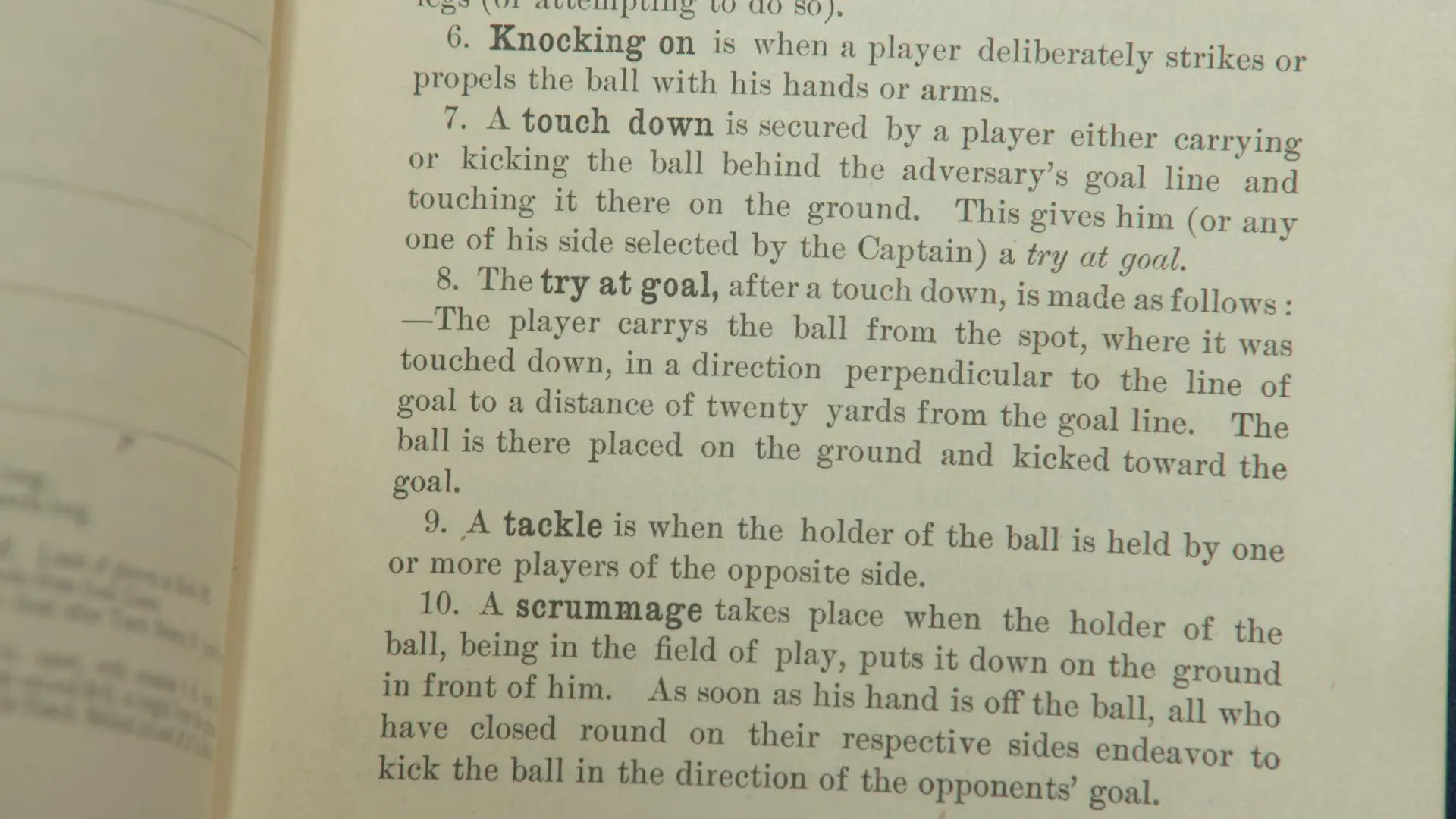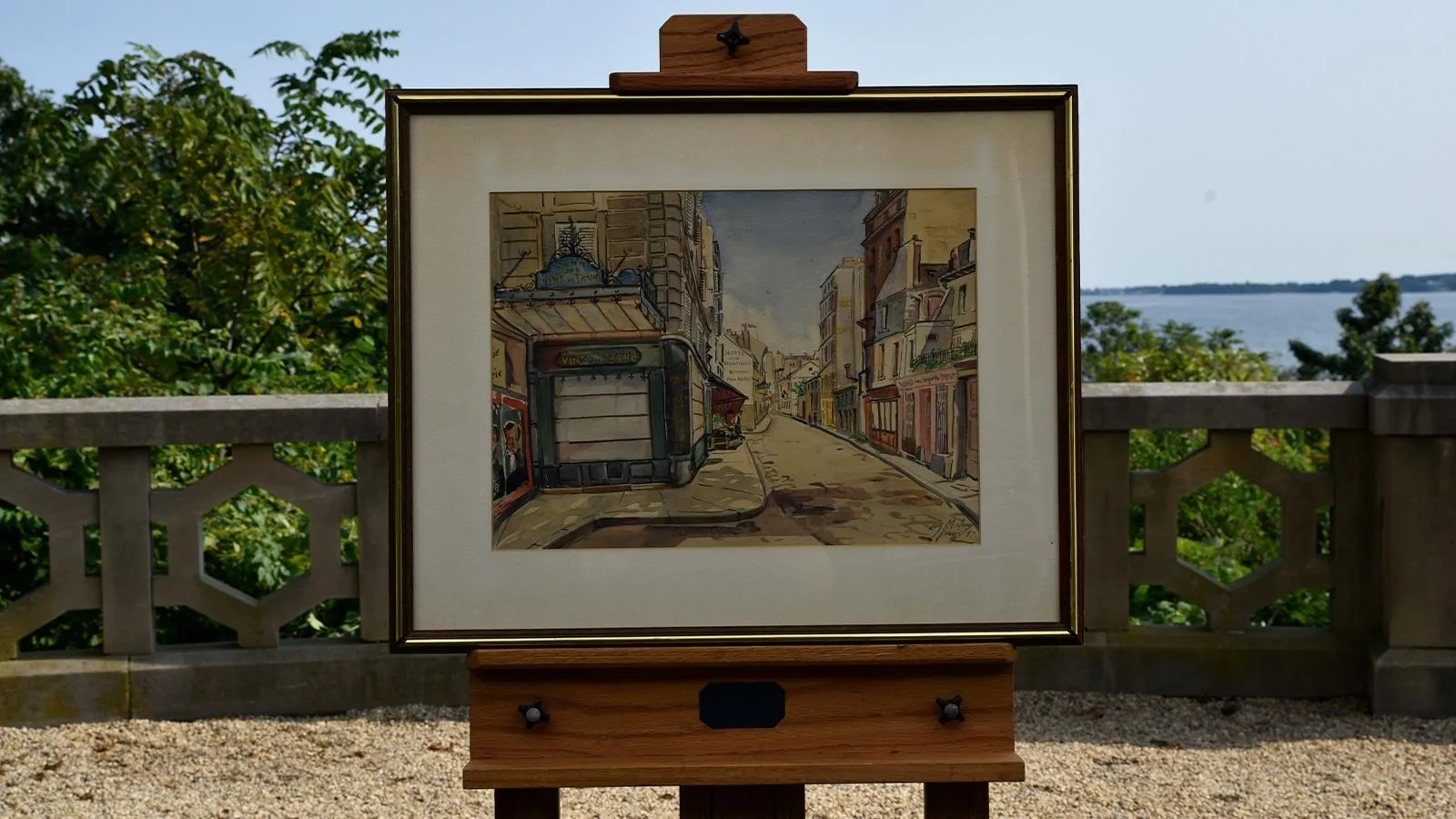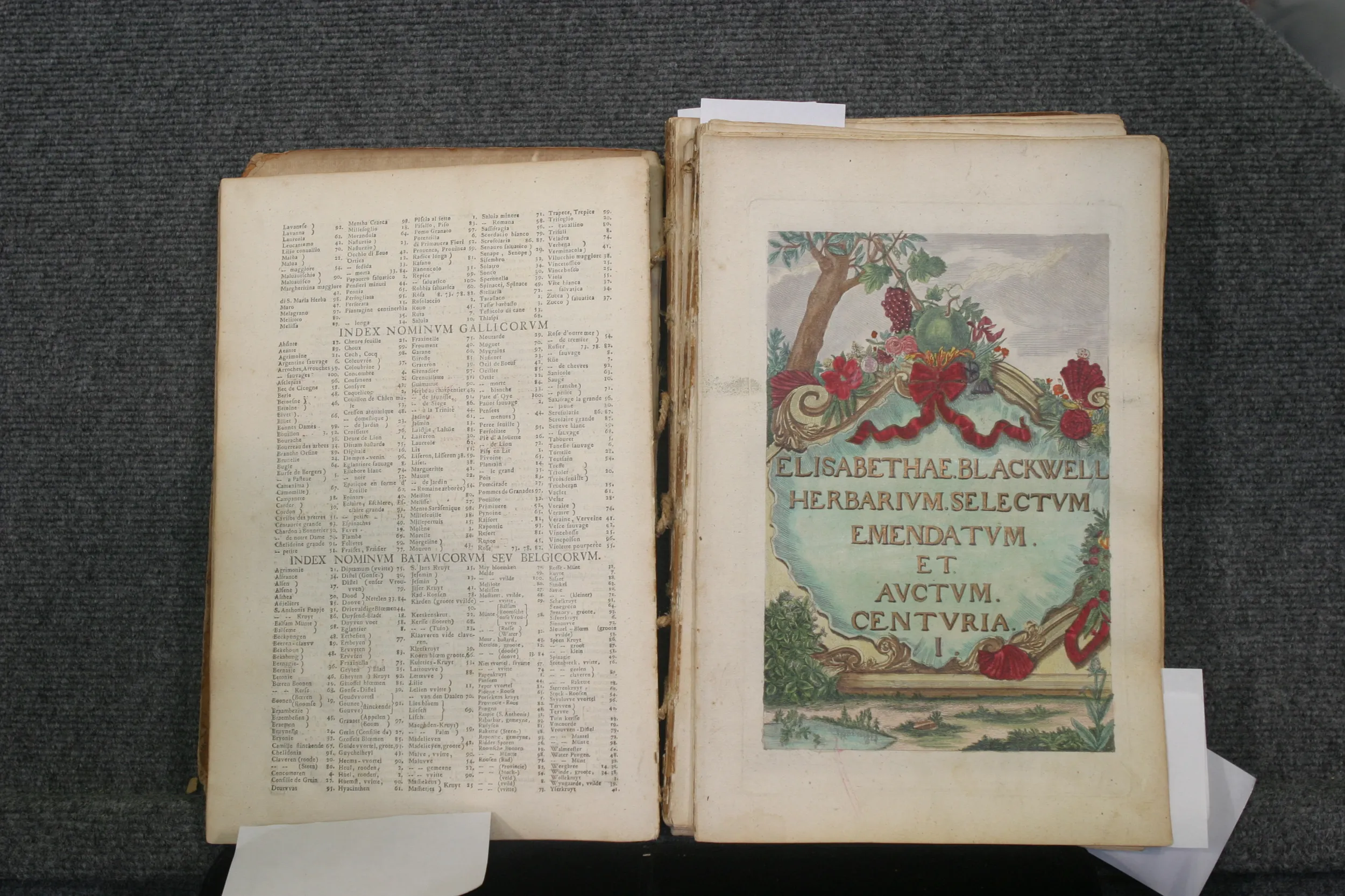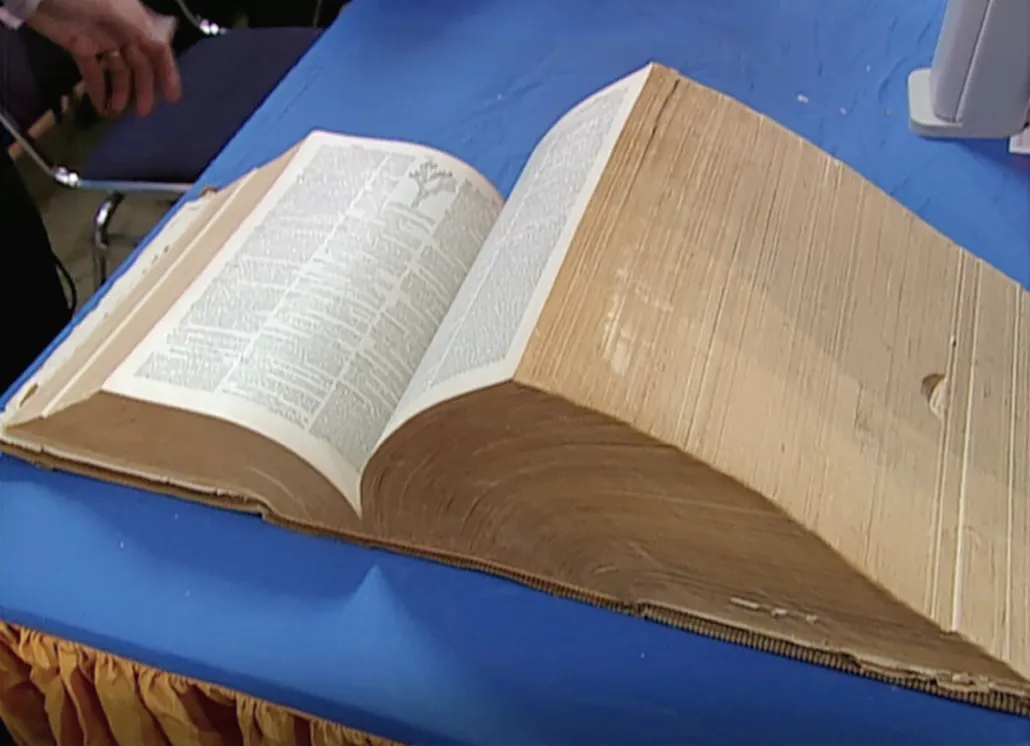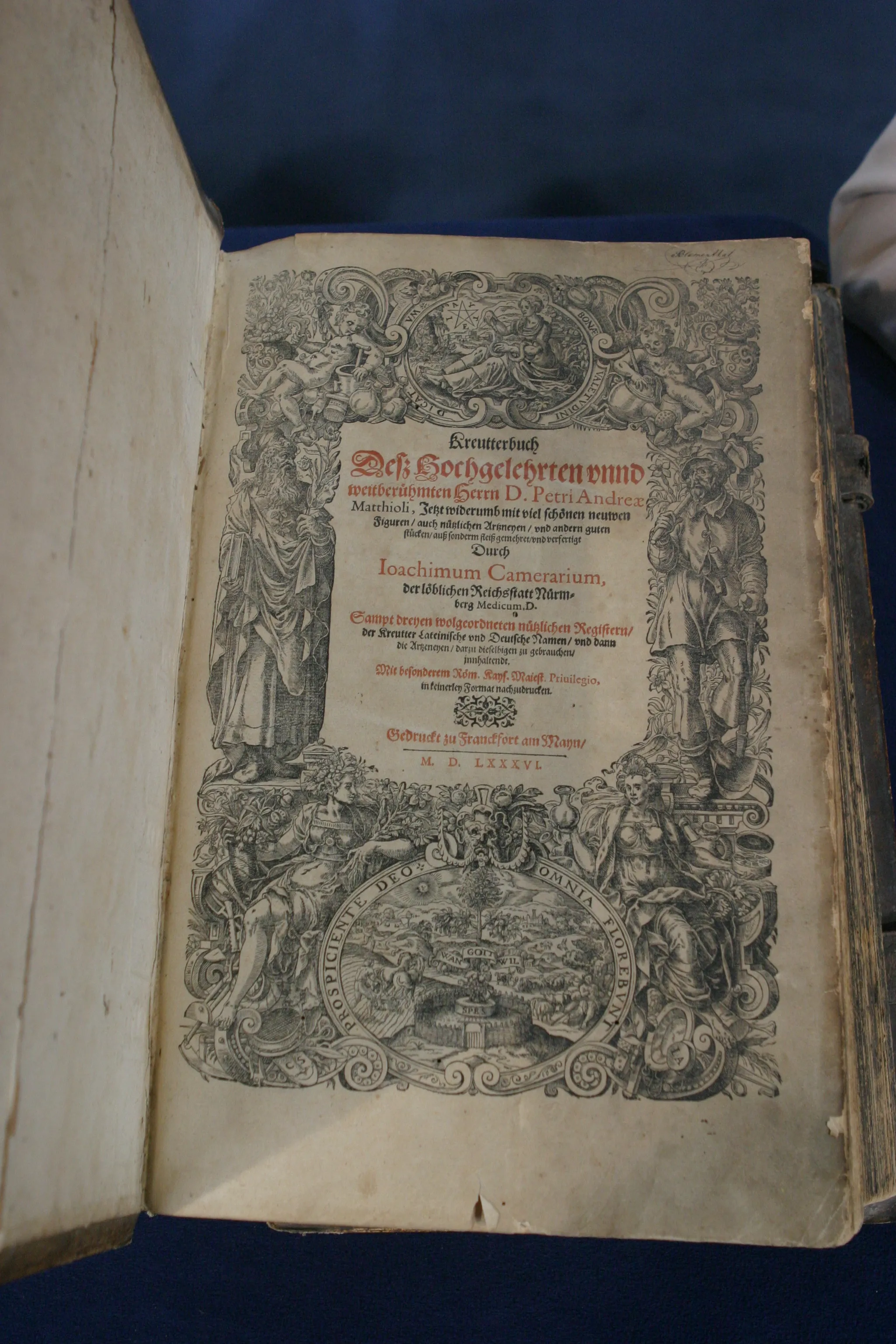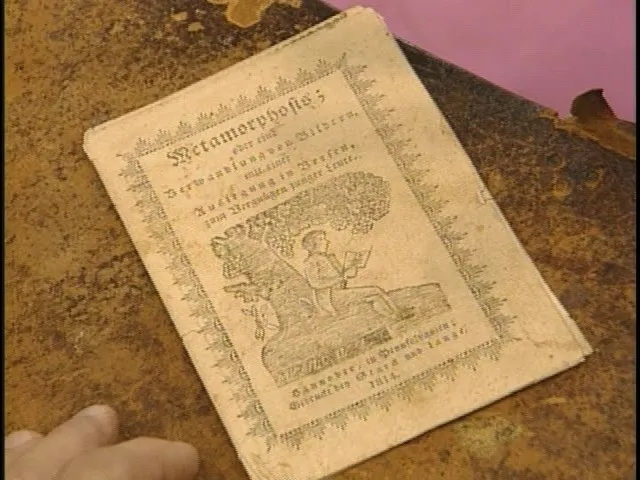GUEST: I bought it a couple of years ago at a bookstore in Rhode Island that I used to frequent. I saw "foot ball," I said, "Well, it looks old." I paid $50 for it.
APPRAISER: And what have you learned since about the book?
GUEST: I know that the two clubs that are mentioned are in Cincinnati. It's some sort of old football rule book.
APPRAISER: What we have here is the rules of play adapted by Hughes and Woodward. Hughes and Woodward are high schools in Cincinnati that still battle in their rivalry. They've been rivals since 1878. This is the rule book from 1880. If you go back to the 1820s, both Princeton and Harvard had basically unsanctioned football games.
GUEST: Okay.
APPRAISER: They called it mob rules. Princeton called theirs ball own. Harvard called theirs Bloody Monday.
GUEST: (chuckles)
APPRAISER: And these were basically big scrums, where with one ball, people would just fight to get from one side of the field to the other. Eventually, in 1860, both schools had to ban these mob matches, because there were too many injuries.
GUEST: Not surprising, yeah. (chuckles)
APPRAISER: So then it took until the late 1860s when the colleges and high school programs around the country did start forming again. 1869, they had the first NCAA football game. That was Princeton versus Rutgers. Up until that point, just about every program put out their own rule book, whether it be high school or college programs. And they were making these rules up as they went. If it was at your school, they played under your rules. In the case of Harvard, they were playing rugby-style foot, American football. Most of the schools were playing soccer-style football. So soccer-style football, like in this rule book, you couldn't throw the ball or run with it. It was kicking only. Harvard gets the credit for playing, in 1874, a game that looked most like American football does now. This is the only one in existence that I could find for, for this particular issue. There are very few football rule books I've even seen come up for auction ever. This one I would say, at auction, $6,000 to $8,000.
GUEST: Wow. (laughs) That's, uh, wow, that is fantastic news.
APPRAISER: For insurance value, I would place a value of $15,000.
GUEST: Oh, my goodness. (chuckles) You said $15,000?
APPRAISER: $15,000 you'd want to insure this for.
GUEST: Oh, my goodness, so I should not just keep it on the bookshelf with the other books, is what you're saying.
APPRAISER: No.
GUEST: Okay. (laughs): Noted, noted. Thank you so much.

